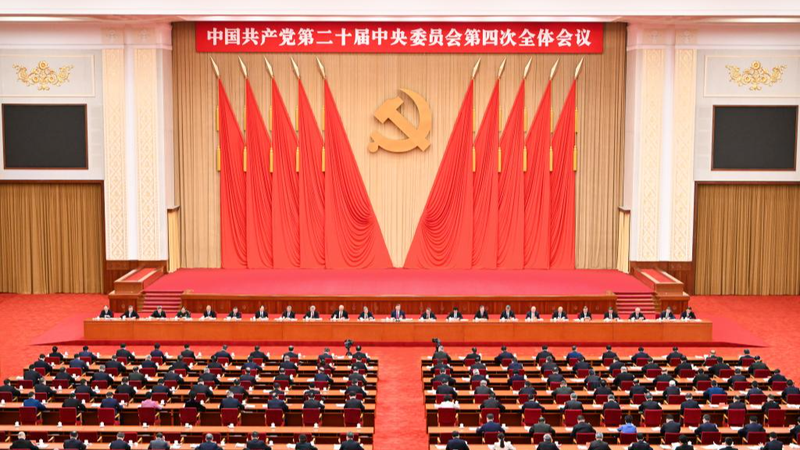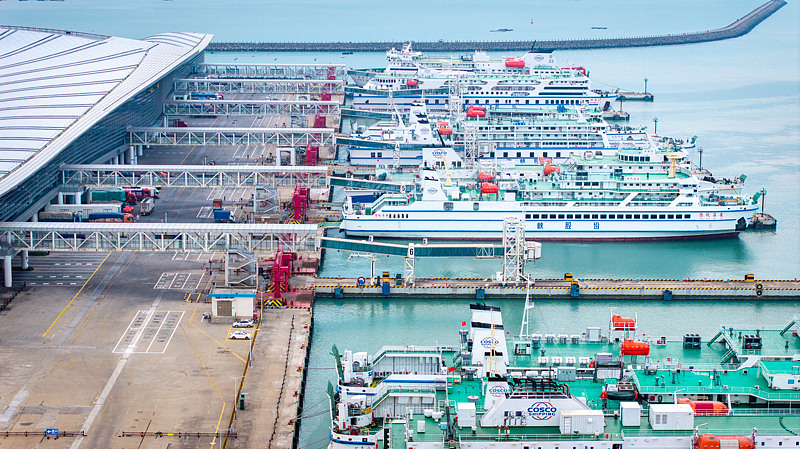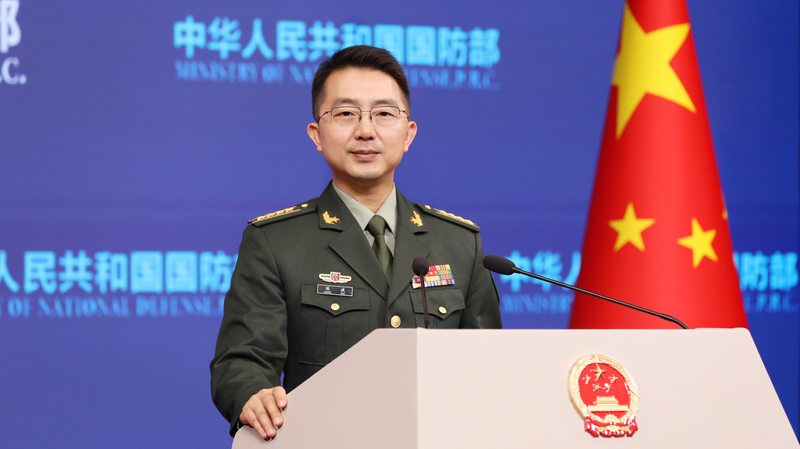China’s Communist Party Central Committee recently released its 15th Five-Year Plan recommendations for 2026–2030, calling this period the “final push” toward socialist modernization by 2035. According to Xin Ge, associate professor at the School of Public Economics and Administration, Shanghai University of Finance and Economics, this strategy hinges on three core pillars: technological self-reliance, new-quality productive forces, and high-standard global integration.
1. Building a High-Tech Bulwark
At the heart of the plan is a race for high-level technological self-reliance to secure China’s industrial foundation. By protecting the economy from foreign chokepoints and leading the next industrial revolution, breakthroughs in semiconductors, artificial intelligence, green technologies and biotechnology become decisive. This pillar aims to upgrade both defensive and offensive capabilities, ensuring resilience amid a complex global environment.
2. Driving Growth with New-Quality Productive Forces
China is shifting away from its traditional growth model—relying on massive capital investment, plentiful labor and high resource consumption—to a new era defined by disruptive innovation. Strategic emerging sectors such as robotics, quantum computing, life sciences and space exploration will attract capital, talent and policy support. Meanwhile, low-margin industries must automate or modernize to stay competitive. The goal: evolve from a world assembler into a global innovator and set the technical standards for the future.
3. Expanding High-Standard Opening Up
Amid rising protectionism and fragmentation, the plan doubles down on integration over isolation. China’s vast, evolving consumer market is positioned as a vital engine for global demand, encouraging deeper ties with major foreign firms. The Belt and Road Initiative moves into a high-quality phase: the “Digital Silk Road” rolls out 5G networks, e-commerce platforms and data centers, while the “Green Silk Road” exports leading solar, wind and electric-vehicle technologies. Platforms like the expanded BRICS+ framework offer new channels for cooperation beyond the G7-led order. For many economies in the Global South, this opens a non-Western path to growth, backed by capital and technology without political preconditions.
By 2035, these strategic moves will not only drive China’s own transformation but also reshape global economic governance, sustainable development and shared prosperity.
Reference(s):
Expert Q&A: How Chinese modernization will advance in next five years
cgtn.com




